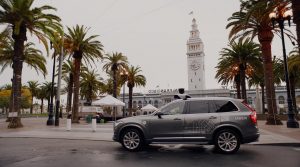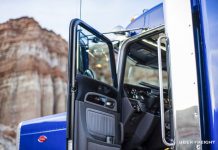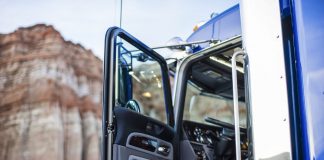Uber just loves testing the legal boundaries of the places it operates in. But in their recent clash with the California DMV over the launch of their self-driving testing program in San Francisco, they found they’d hit a dead end.
On December 14th, Uber expanded the self-driving test it had been operating in Pittsburgh into the city of San Francisco. Unfortunately, the company didn’t obtain permits for the vehicles and immediately drew ire from city and state officials. So as the vehicles cruised over the city’s hills, Uber was also waging a war with the DMV over whether those cars were there legally.
In defying the DMV, Uber tried taking advantage of a wording loophole in the way California drafted its legislation on “autonomous technology”. They argued their cars are not autonomous under California’s definition because the cars require constant human monitoring, making it more like Tesla’s semi-autonomous driving technology. They argued this despite the fact that Tesla did obtain proper permits from the state for their own cars.
The DMV wasn’t hearing it. And they put their foot down on the matter by revoking the cars’ registrations on December 21st. Uber relented. But not without staging a dramatic exit by loading the self-driving cars on the back of an Otto truck and shipping off to Arizona.
Arizona governor Doug Ducey for one welcomed Uber’s announcement to move to his state with open arms. “While California puts the brakes on innovation and change with more bureaucracy and more regulation, Arizona is paving the way for new technology and new businesses,” Ducey said in a statement.
Uber had probably hoped their protest would show California needed to reform what it viewed as overbearing laws on autonomous vehicle. In reality, it just exposed how Uber and other companies in this field aren’t above taking advantage of differing state laws to get their testing done more easily.
Only 10 states in the U.S. even have legislation regarding autonomous vehicles. Another two passed executive orders to regulate testing the technology. Of the ones with laws on the books, California has some of the most stringent. Any company testing vehicles there must prove it has $5 million in insurance and that all test drivers are trained. Companies are also required to provide detailed reports in case of accidents. On the other hand, Arizona has an executive order with little bureaucratic regulation and more focus on welcoming innovation and research.

Companies looking to apply their technology to some real-world driving have been known to take advantage of more relaxed city and state laws for their own benefit. This is why Waymo (formerly Google’s self-driving car division) does some of its operations in Arizona as well. But if California does need to relax its own regulations to attract auto companies, then this schoolyard fight Uber picked with state authorities probably wasn’t the best way to prove that point.











